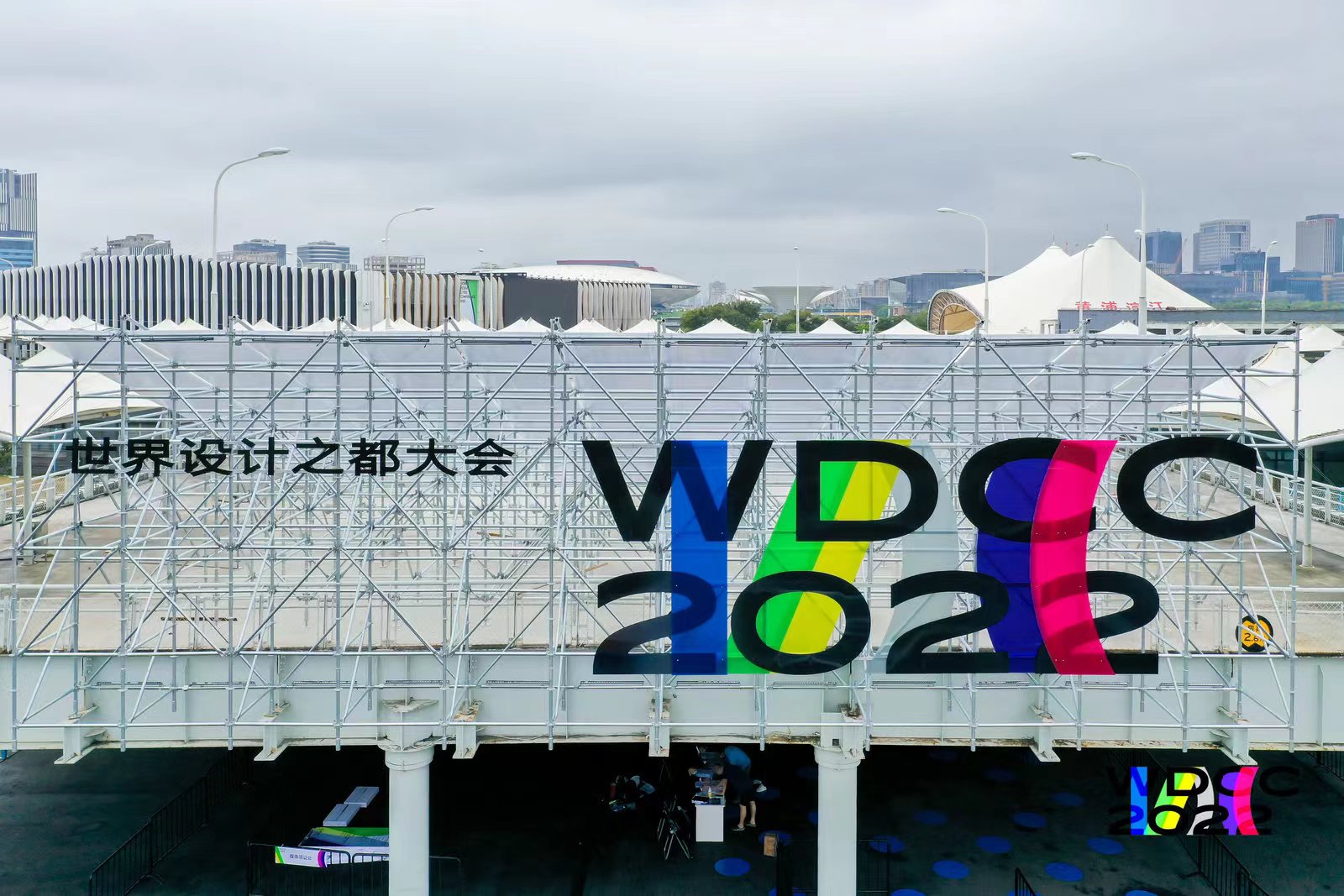
The 1st World Design Cities Conference 2022 (WDCC 2022) was held at Huangpu Binjiang, Shanghai during the period from 15th to 18th day of September 2022. As one of main undertakers of the conference, Tongji University provided important academic support for the event, integrated international academic resources, coordinated the creative design work of the event, and hosted or undertook a number of important activities, e.g. forums, exhibitions and workshops.
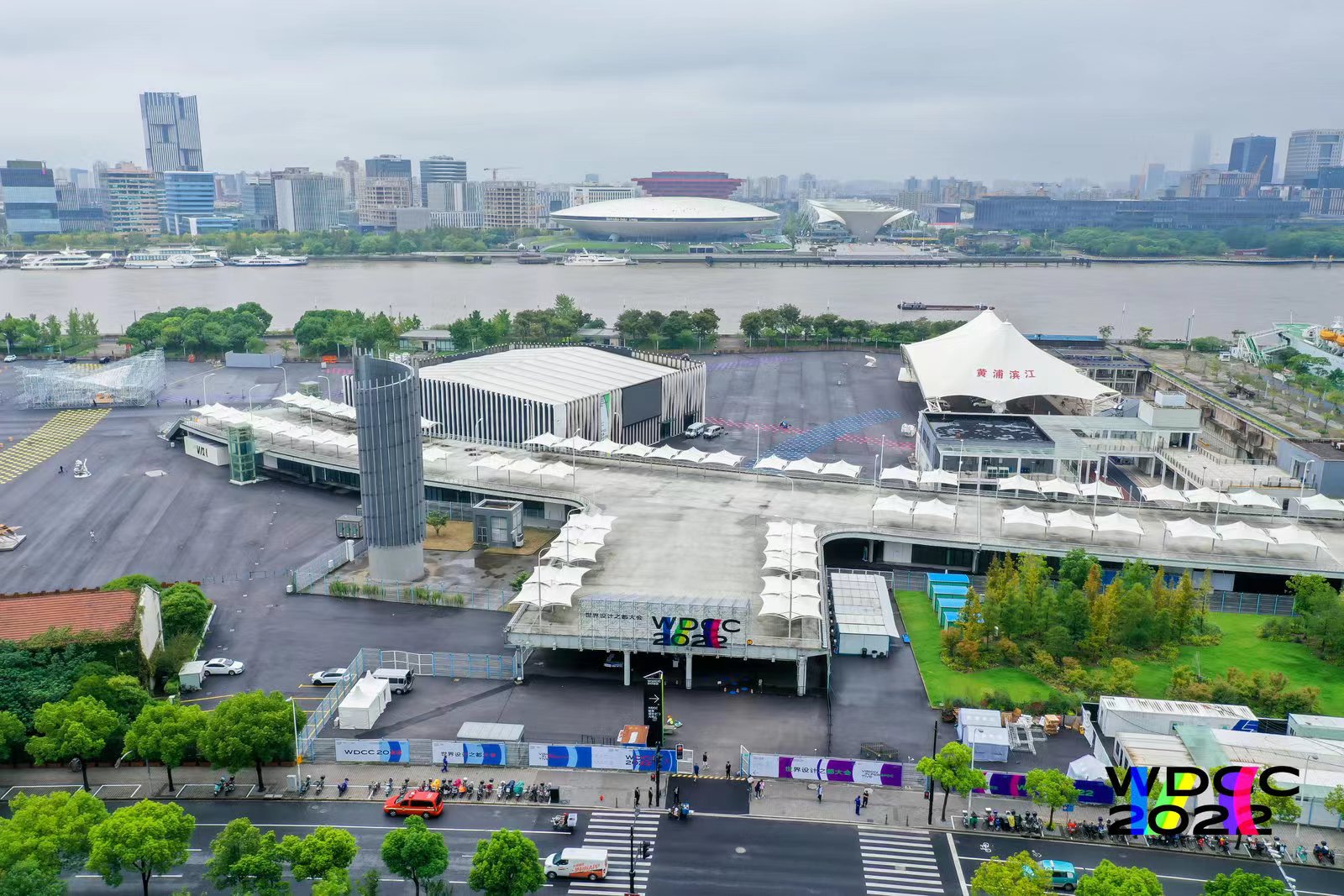
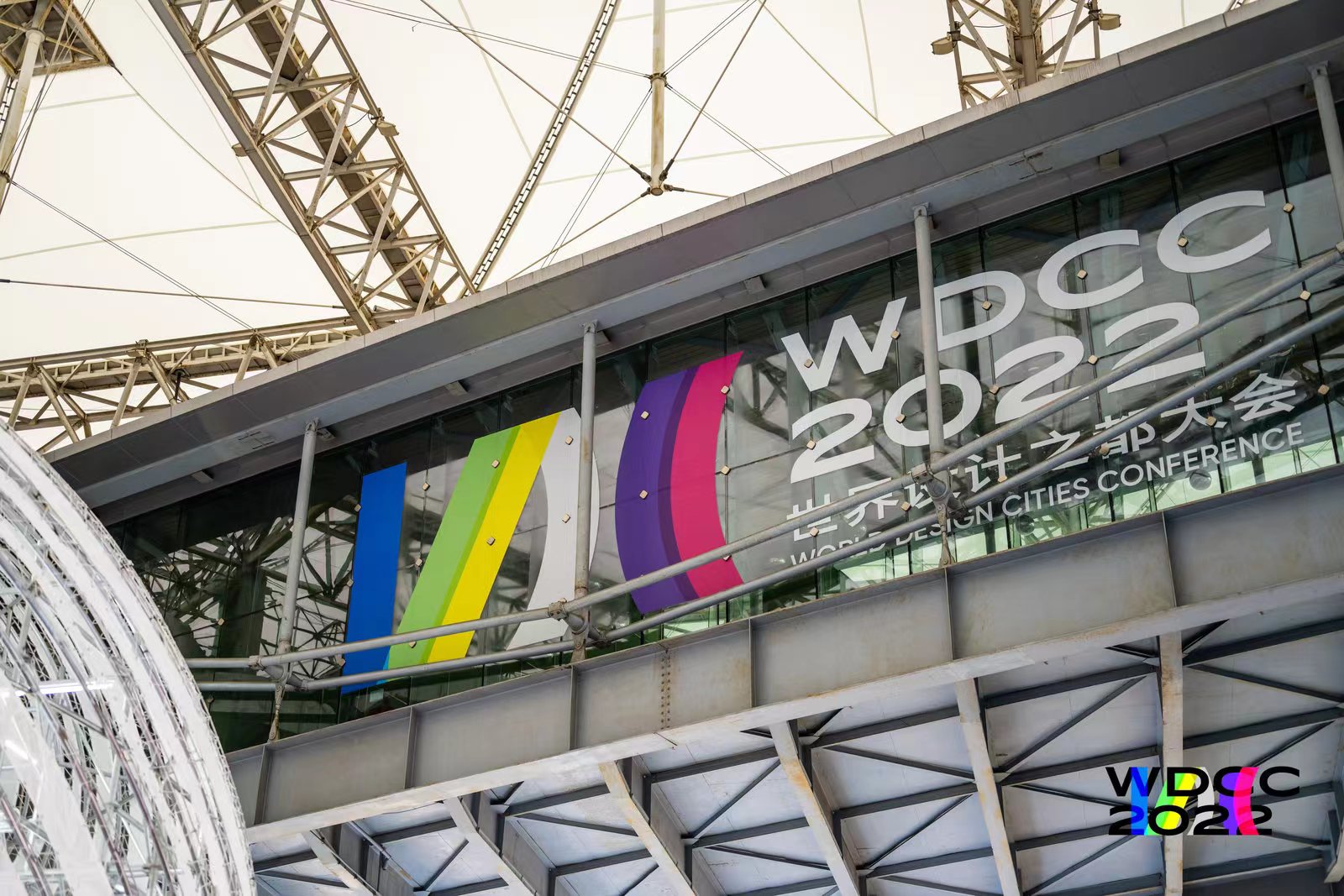
During the event, Tongji University showed its design achievements, put forward its forward-looking ideas on “design”, “design education”, “city” and “future”, and launched the campaign to build a world-class creative community for Shanghai...
1 Tongji’s strength
Shanghai Think Tank of 100 International Designers
Submit Forum for International Top 100 Designers
Cutting-edge Design Innovation Award
At the opening ceremony, Fang Shouen, secretary of the party committee of Tongji University, announced the establishment of “Shanghai Think Tank of 100 International Designers”. The think tank is one of important outcomes of WDCC and also a major measure for Shanghai to make efforts to become a world-class design city. Shanghai Municipal Commission of Economy and Informatization commissioned Tongji University to take the lead in building the think tank. It hopes to bring together world-class creative communities through the think tank and forum, facilitate Shanghai’s efforts to become a world-class design city through high-level, cross-cultural and cross-sector interaction and joint efforts, and foresee and lead the world’s design innovation and development through the integration of global vision and Chinese thinking.
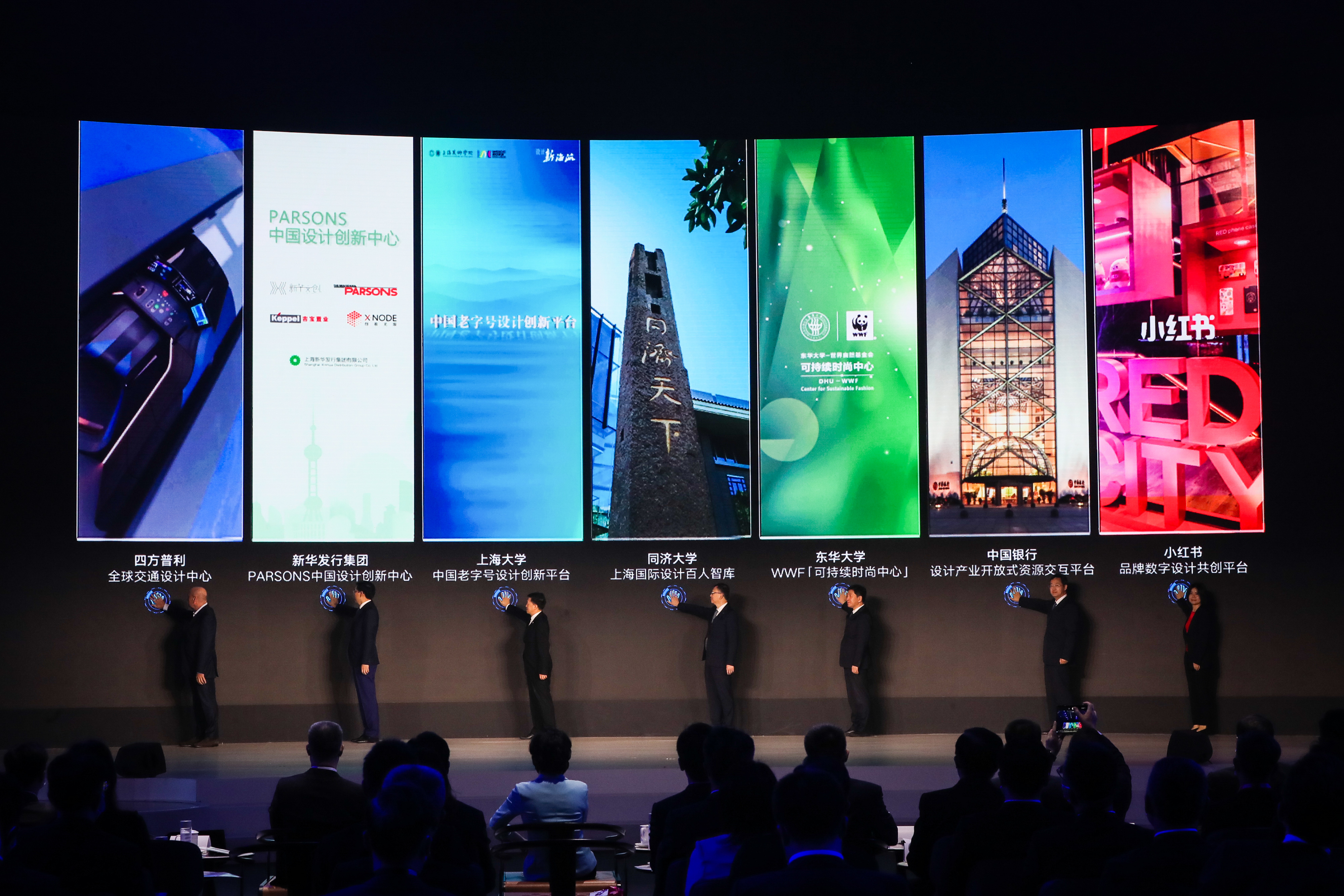
On September 15, the Submit Forum for International Top 100 Designers initiated by the Shanghai Think Tank of 100 International Designers was held. Wu Qing, executive deputy mayor of Shanghai, attended the forum and delivered a speech. The forum invited more than 20 design celebrities and industry leaders with international influence from China, the United States, the United Kingdom, the Netherlands, Japan and other countries and regions, who discussed such hot issues as “design driving industrial upgrading”, “design energizing new economy” and “design of new ecology of travel” through 3 keynote speeches and 3 summit dialogues. At the conference, Ruan Li, deputy director of Shanghai Municipal Commission of Economy and Informatization, presented a letter of appointment to the first batch of expert representatives of the think tank, including Academician Wu Zhiqiang of Tongji University, Professor Hu Rusan, dean of the Department of Architecture, and Professor Kostas Terzidis of Tongji University College of Design and Innovation. Nearly 200 persons participated in the offline forum. More than 10,000 persons watched the live streaming of the conference.
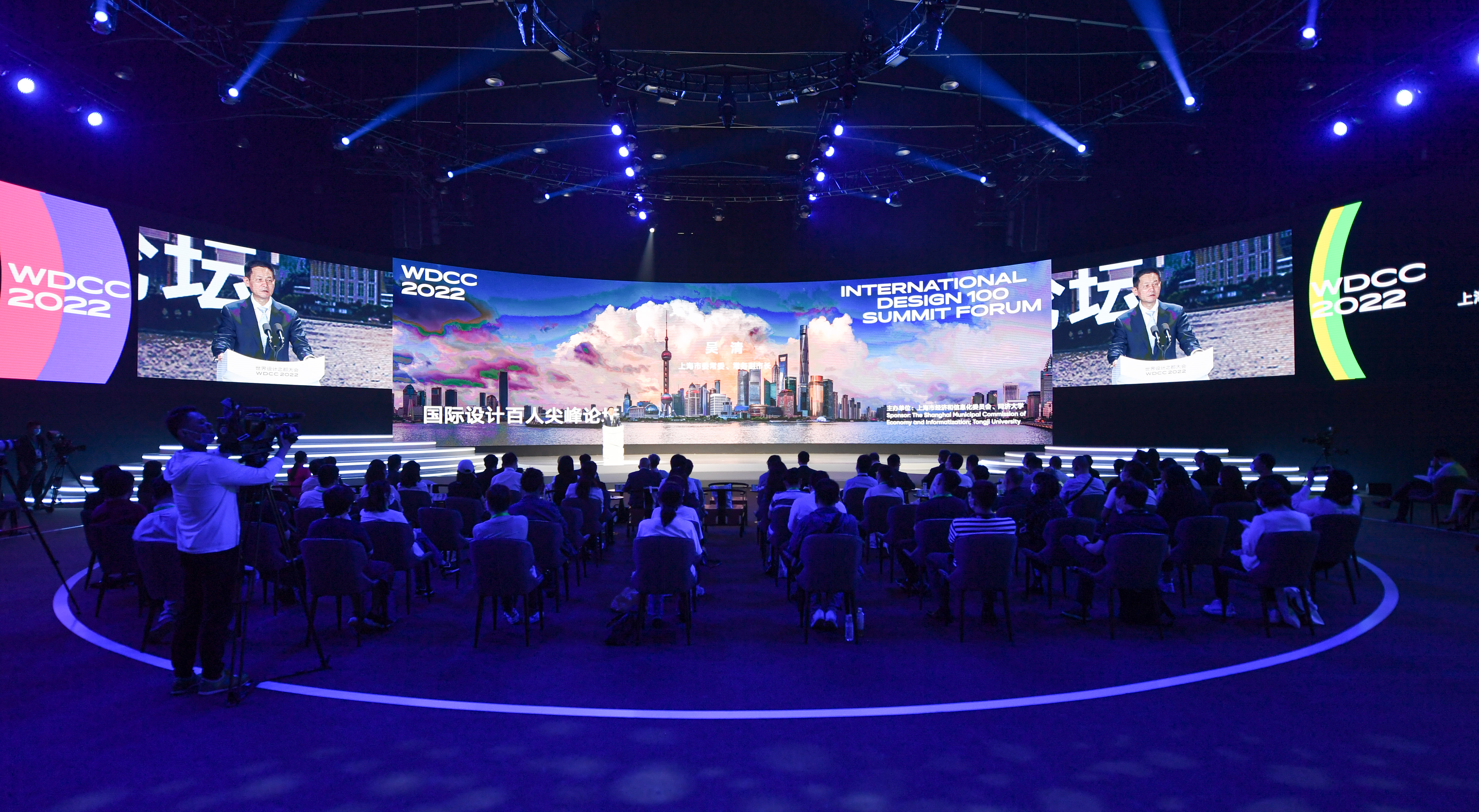
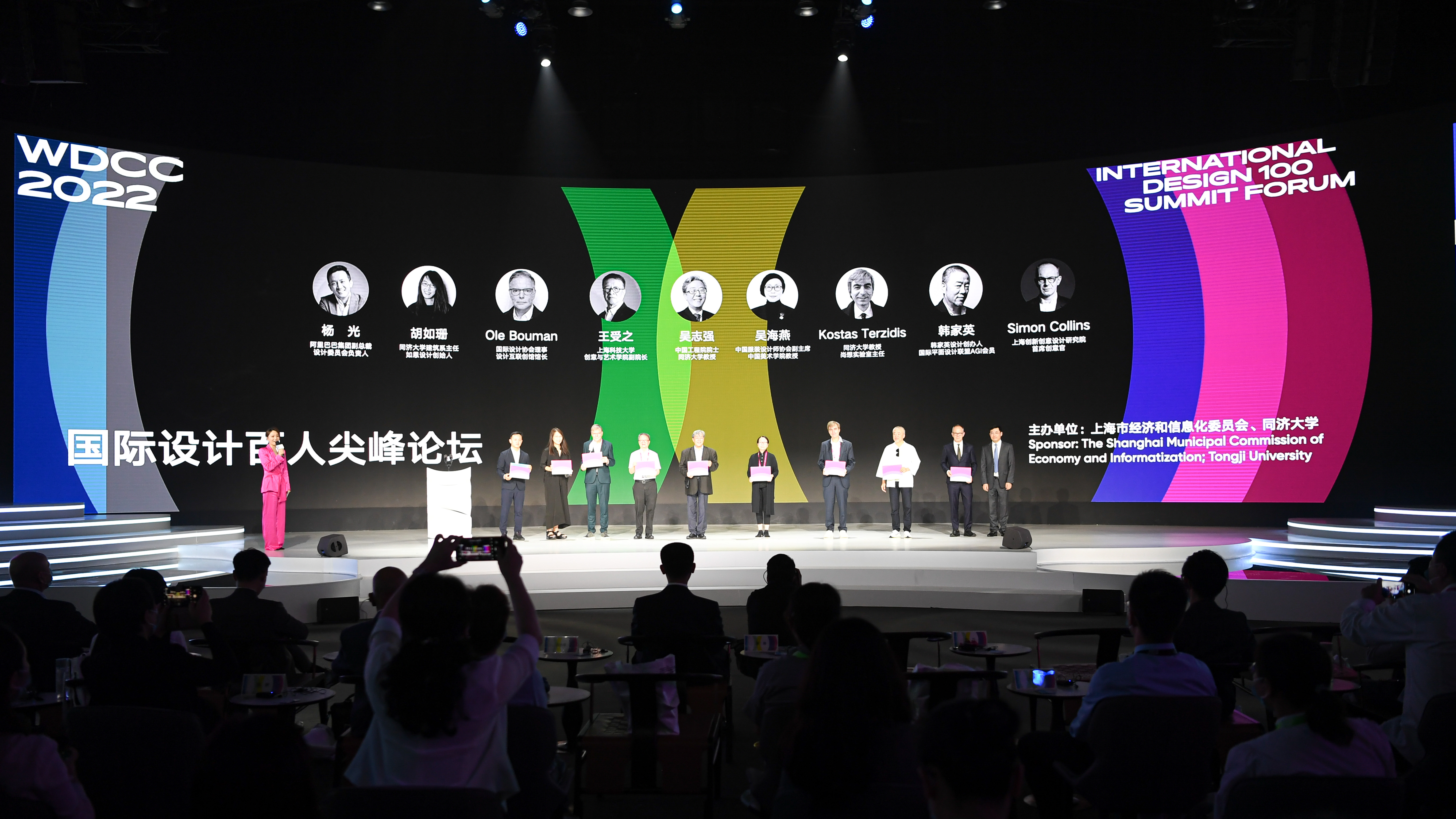
At the opening ceremony, WDCC announced the launch of “Cutting-edge Design Innovation Award”. Tongji University and Design Innovation Institute Shanghai invited the heads of Rhode Island School of Design, Parsons School of Design, Massachusetts Institute of Technology, Royal College of Art and some other first-class design schools of Tsinghua University, Donghua University and Shanghai University in China to form an expert committee, which determined the winners of three awards, i.e. Design Contribution Award, Design Innovation Award, and Future Innovation Award. Such awards reflect Shanghai’s understanding of the future of design.
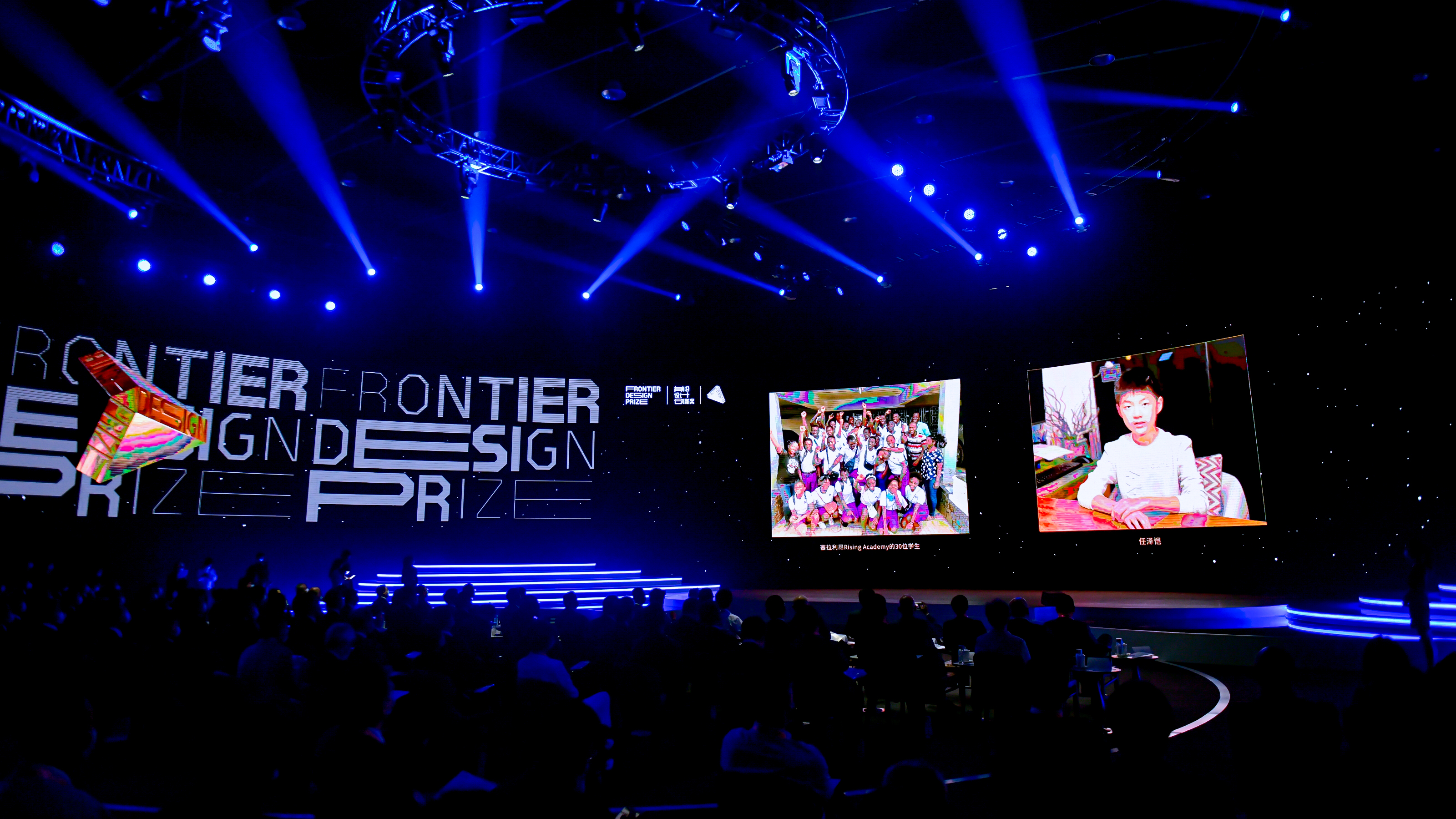
2 Tongji’s ideas
Sustainable development in the world
The future of design education
How does design make a city better
Sustainable development
Tripartite dialogue: “Design to universe, for our planet, with people”
At the opening ceremony, Lou Yongqi, Vice President of Tongji University, Dava Newman, Director of MIT Media Lab, and Aldo Cibic, founder of Menphis School of Design and professor of Tongji University College of Design and Innovation, held a tripartite online dialogue focusing on “Design to universe, for our planet, with people”. They discussed about design innovation and joint efforts.

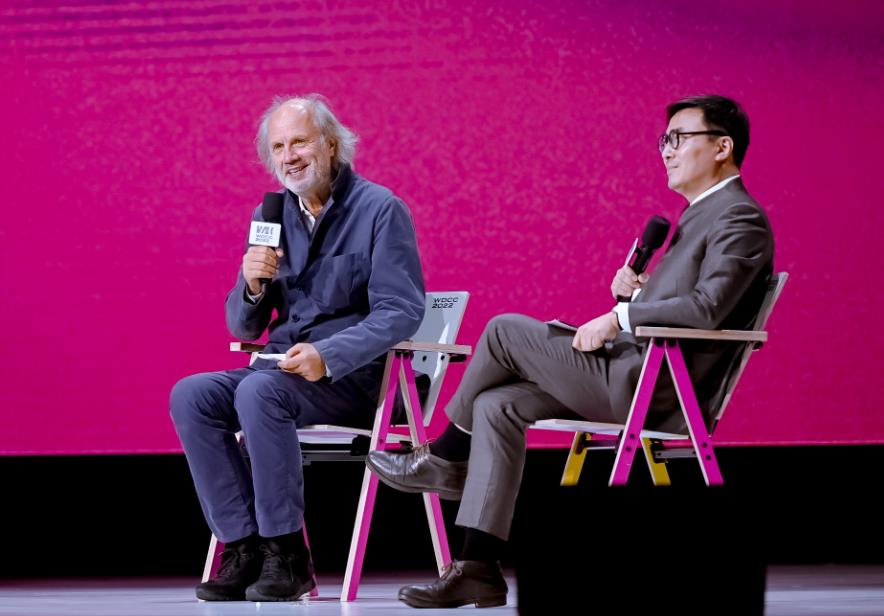
“People to People, Human to Nature” theme exhibition & workshop
In order to present Shanghai’s forward-looking ideas on design to the world and strive to lead design conceptually and academically and reflect the global vision and Shanghai’s advocacy, this conference set a special theme exhibition, which was planned jointly by Chen Bokang, director of Het Nieuwe Instituut in the Netherlands, Lou Yongqi, Vice President of Tongji University, Ole Bouman, Pan Aixin and We Tiantian et al. From six dimensions, i.e. food, health, trust, environment, technology and prosperity, the exhibition showed more than 100 design works from many countries and regions around the world. Such works reflect the efforts and ideas of people around the world to abandon short-sighted thinking, design new economy, new culture and new man-earth relationship with creativity, trust and optimism, and embrace a more sustainable future. The layout of the theme exhibition emphasizes the concept of green design. All the booths were made of 2,000 wine cases that can be recycled. The six tree-shaped structures were also made of modules. Six workshops focusing on the theme of circular economy, children’s artificial intelligence, health themed pavilion design, robot arm, blooming in China, and food design were held at the same time as the exhibition. People from various fields or industries, e.g. design, art, medicine, communication, engineering and machinery, and teenagers participated in the workshops. These workshops not only respond to the six challenges in food, health, trust, environment, technology and prosperity but also show a growing, hopeful and responsible creative community together with the exhibition.
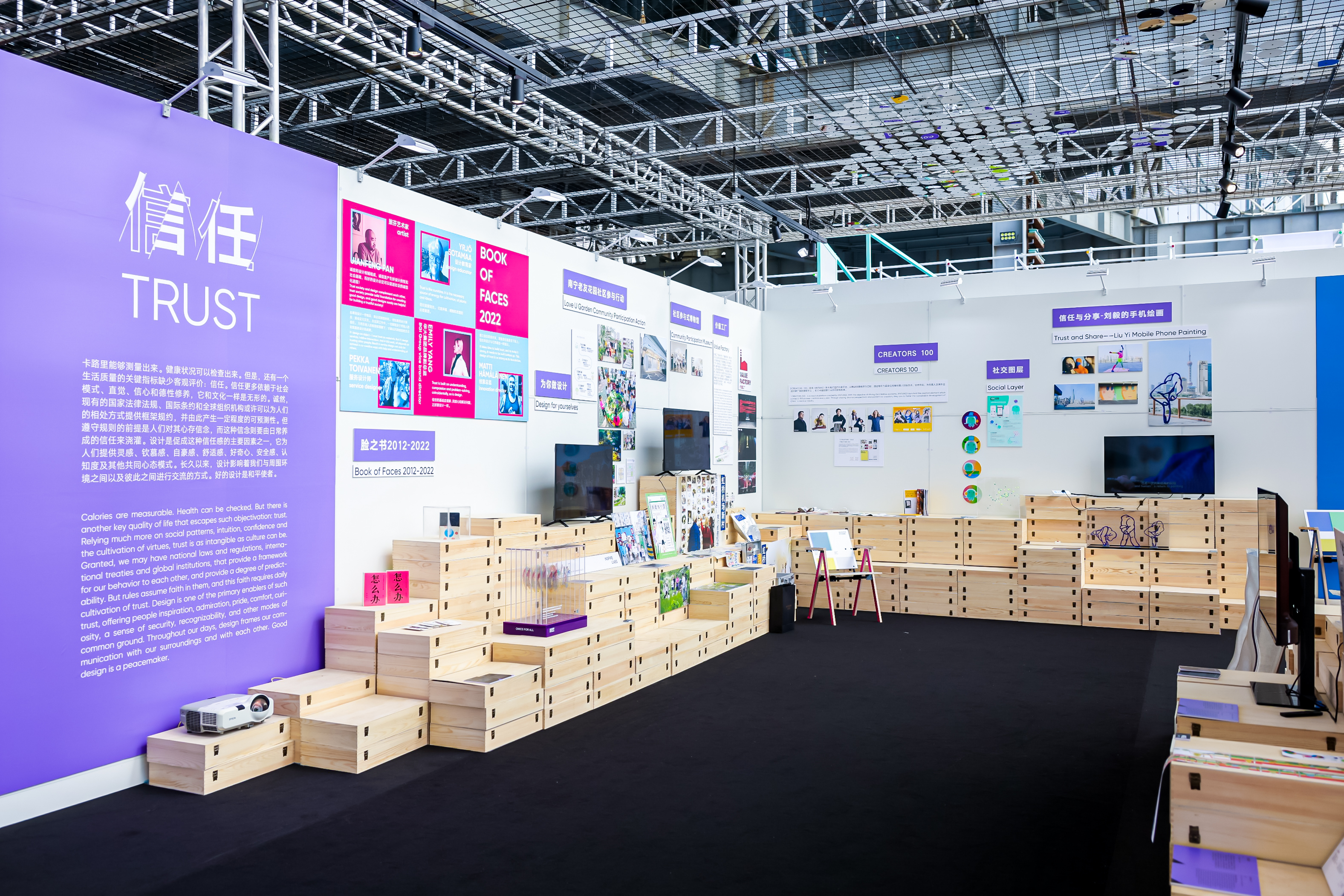
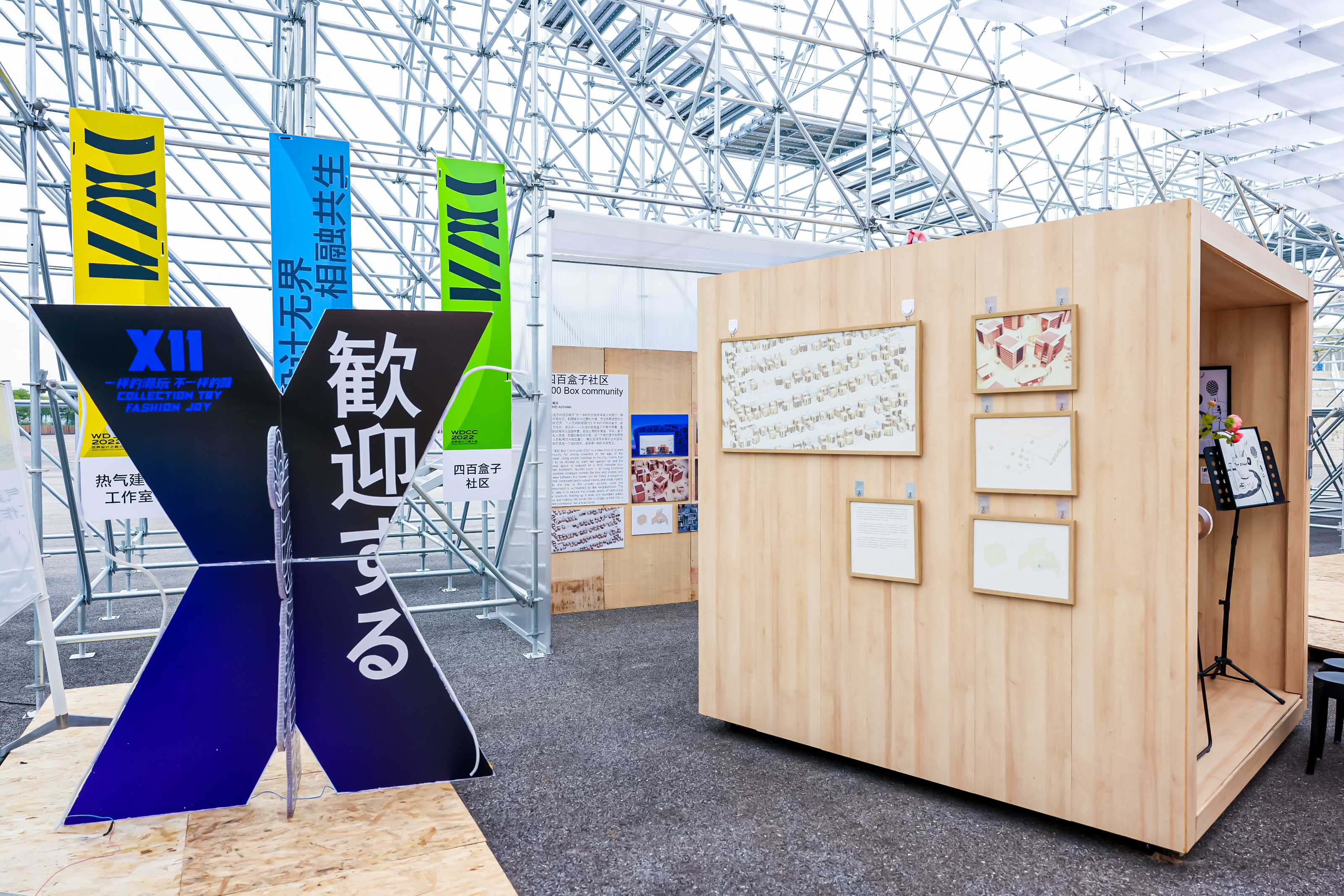
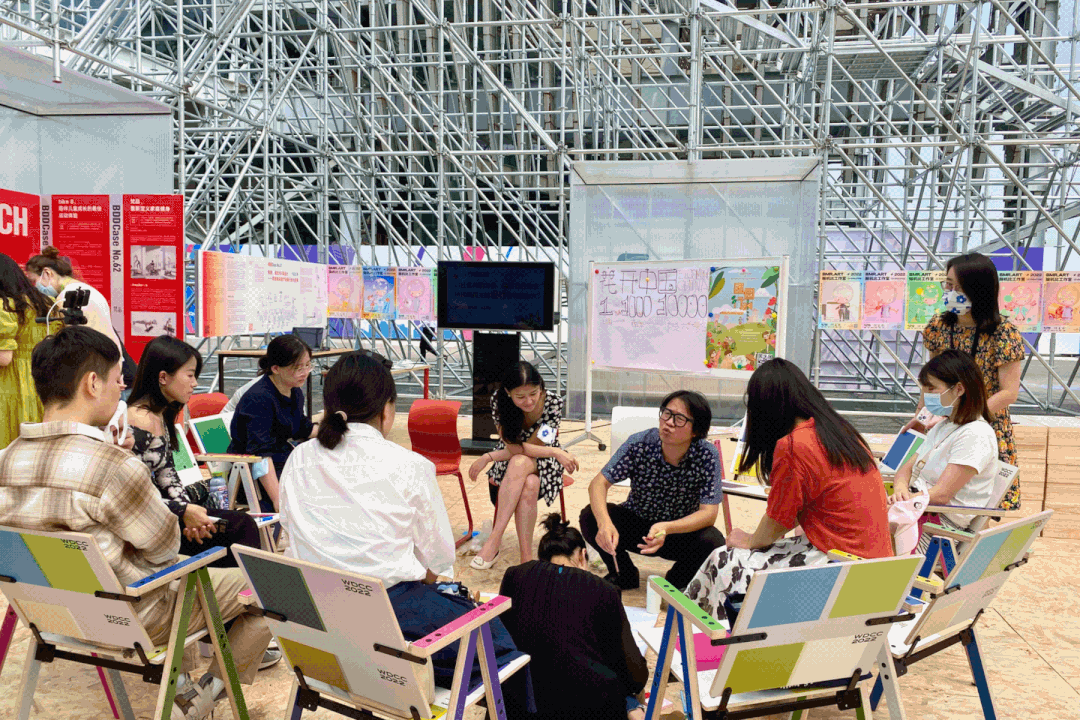
Focusing on future-oriented design education
A world-class “design city” must have world-class design education, which is related to the supply of first-class design talents and is required for Shanghai to strengthen its soft power construction. During the conference, Tongji University hosted two design education-themed forums.
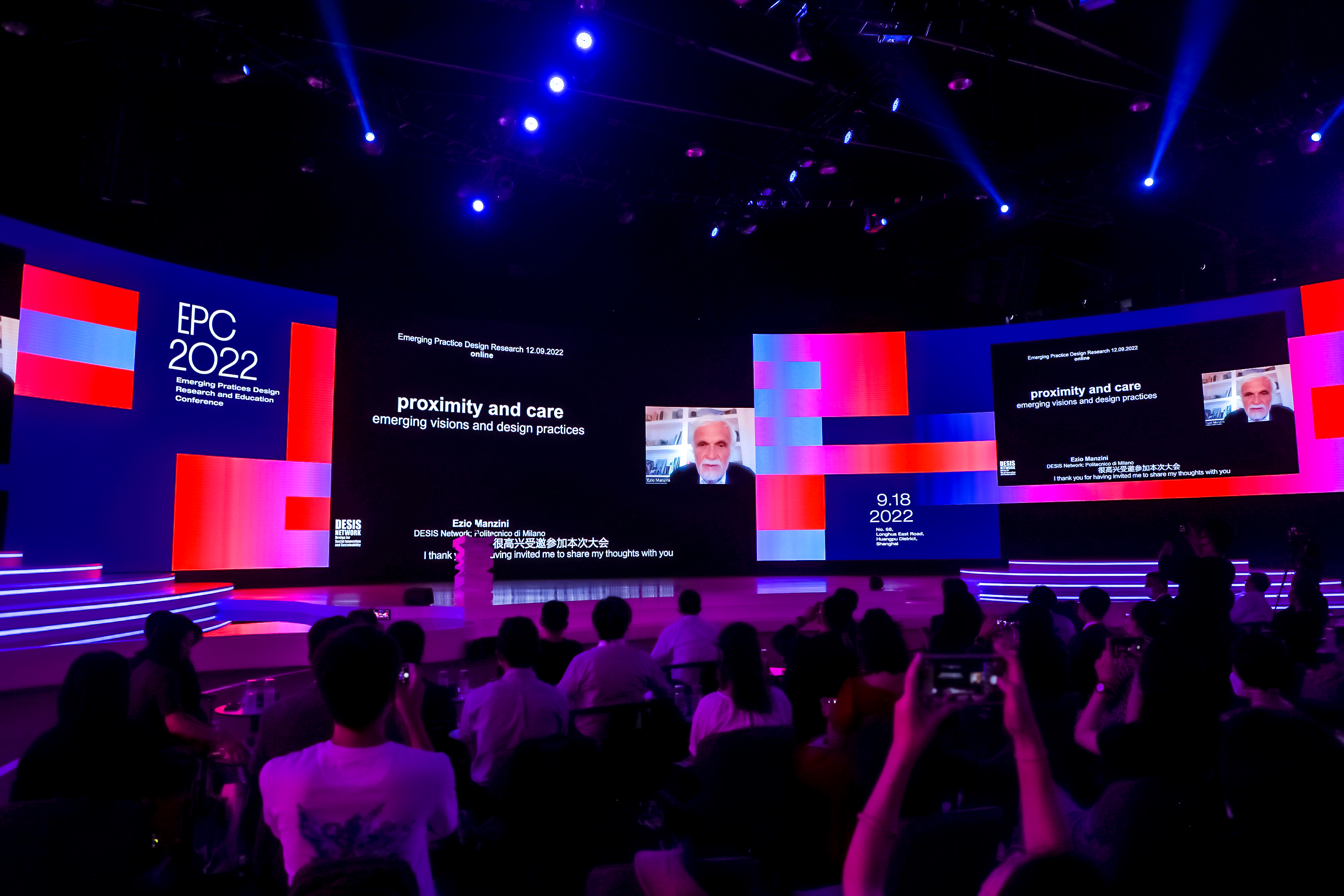
11th Emerging Practices Design Research and Education Conference (EPC2022) held
On September 18, the 11th Emerging Practices Design Research and Education Conference (“EPC”) was successfully held. Chen Qun, deputy mayor of Shanghai, attended the conference and delivered a speech. The theme of the conference is “looking into the future from design”. The heads and presidents of nearly 20 well-known universities at home and abroad, including Tsinghua University, Central Academy of Fine Arts, China Academy of Art, Nanjing University of the Arts, Sichuan Fine Arts Institute, Hubei Institute of Fine Arts, Beijing Institute of Fashion Technology, Shandong University of Art & Design, Zhejiang University, Beijing Institute of Technology, Yanshan University, ShanghaiTech University, Donghua University, Jiangnan University, Hunan University, Guangdong University of Technology, Shanghai University of Engineering Science, and more than 10 young design thinkers, researchers, and educators were invited to EPC to discuss “the future of design education” together. Nearly 200 persons attended the conference offline and more than 40,000 persons watched the conference online.
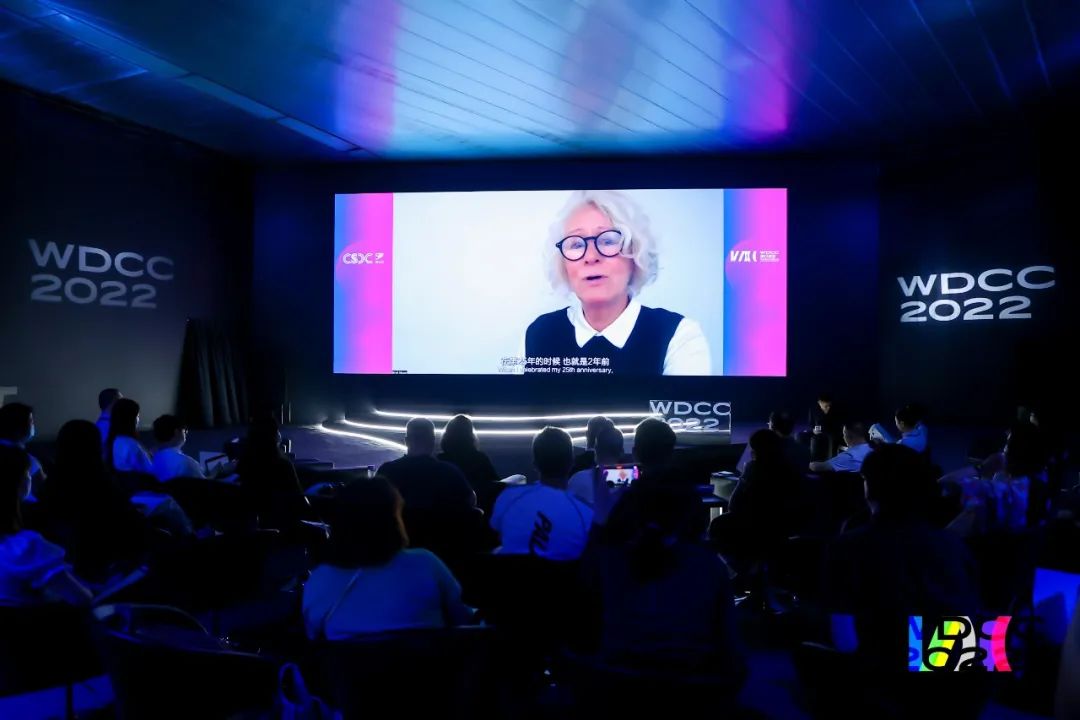
Education Summit Forum of 5th China Service Design Congress
On September 18, the Education Summit Forum of the 5th China Service Design Conference was held. Experts of multiple subjects, e.g. service management, service engineering and service design, from more than 10 universities at home and abroad, including Politecnico di Milano, The Glasgow School of Art, Chiba University, University of Turku, and Oslo School of Architecture and Design, shared service design research results and discussed about service design innovation based on the latest international service design research information.
About design service cities
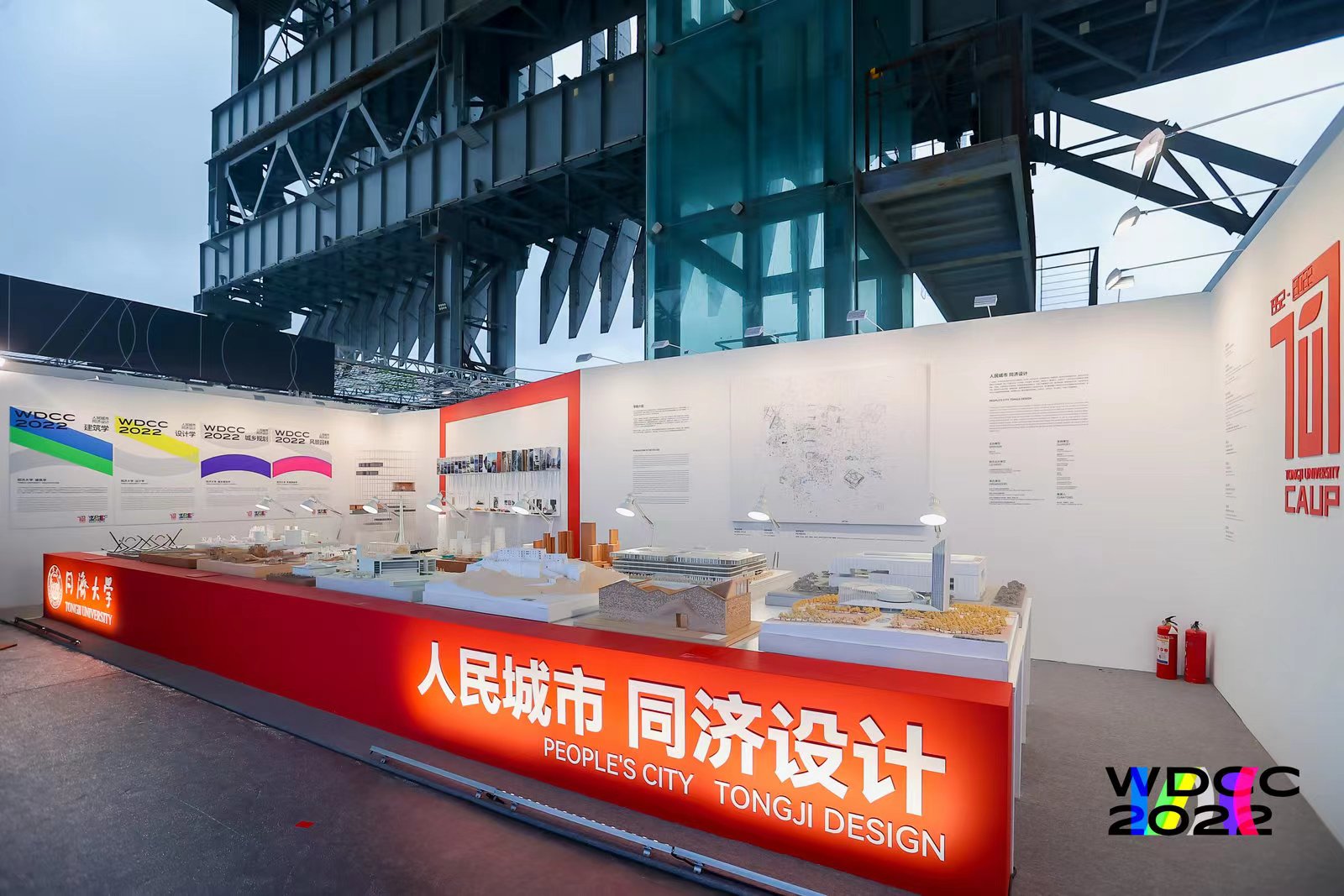
People’s City Design Forum & People’s City · Tongji Design Show
The People’s City Design Forum opened in the Lecture Hall of Tongji Architectural Design and Research Institute on September 16. A number of academicians and experts were invited to give a keynote speech to share their latest thinking and practice. Meanwhile, the “People’s City · Tongji Design Show” was also held at WDCC China Ship Hall. The event displayed a number of key design achievements of Tongji University’s four first-class disciplines, i.e. Architecture, Urban and Rural Planning, Landscape Architecture and Design, during the period of practicing important concepts of “People’s City” and actively serving the national strategies and economic and social development. It also showed the cross-disciplinary, multi-dimensional and full-spectrum design science system in the school’s such programs as City Planning, Rural Planning, Community Planning, Urban Design, Architectural Design, Landscape Design, Environmental Design, Product Design and Visual Design. The key design works displayed came from more than 40 teachers of Tongji University and their design teams. Li Qiang, municipal party secretary, visited the show.
3 Tongji’s “specialties”
Overall venue planning + theme pavilion design + atmosphere creation
Key visual design +WDCC website design
Opening ceremony show: digital design & interaction works
Dedicated podium for WDCC
Overall venue planning + theme pavilion design + atmosphere creation
Zhang Ming Team of Tongji University was responsible for the overall planning and design of WDCC venue and the architectural design of theme pavilion. Standing outside of the main venue, the theme pavilion, covering a land area of 729 square meters, is particularly eye-catching. In the pavilion are works from the “Prosperity” section of the theme exhibition’s six design challenges. This is the “Design Nest · Wuzhi Garden” designed by Professor Zhang Ming et al. It provides a possibility of reusing future urban spaces based on a light-intervention (reversible) construction way: the space with scaffolding as the skeleton and sun panels makes it possible to realize multiple functions and enriches daily functions of the venue; temporary structure, light materials, reconstruction at a new site, and various adaptability also conform to the theme of the times, i.e. sustainable spatial use. The theme pavilion was sponsored and built by SHUI ON Xintiandi and China Construction Eighth Engineering Division Corp. Ltd. It will be rebuilt at New World of Shanghai.
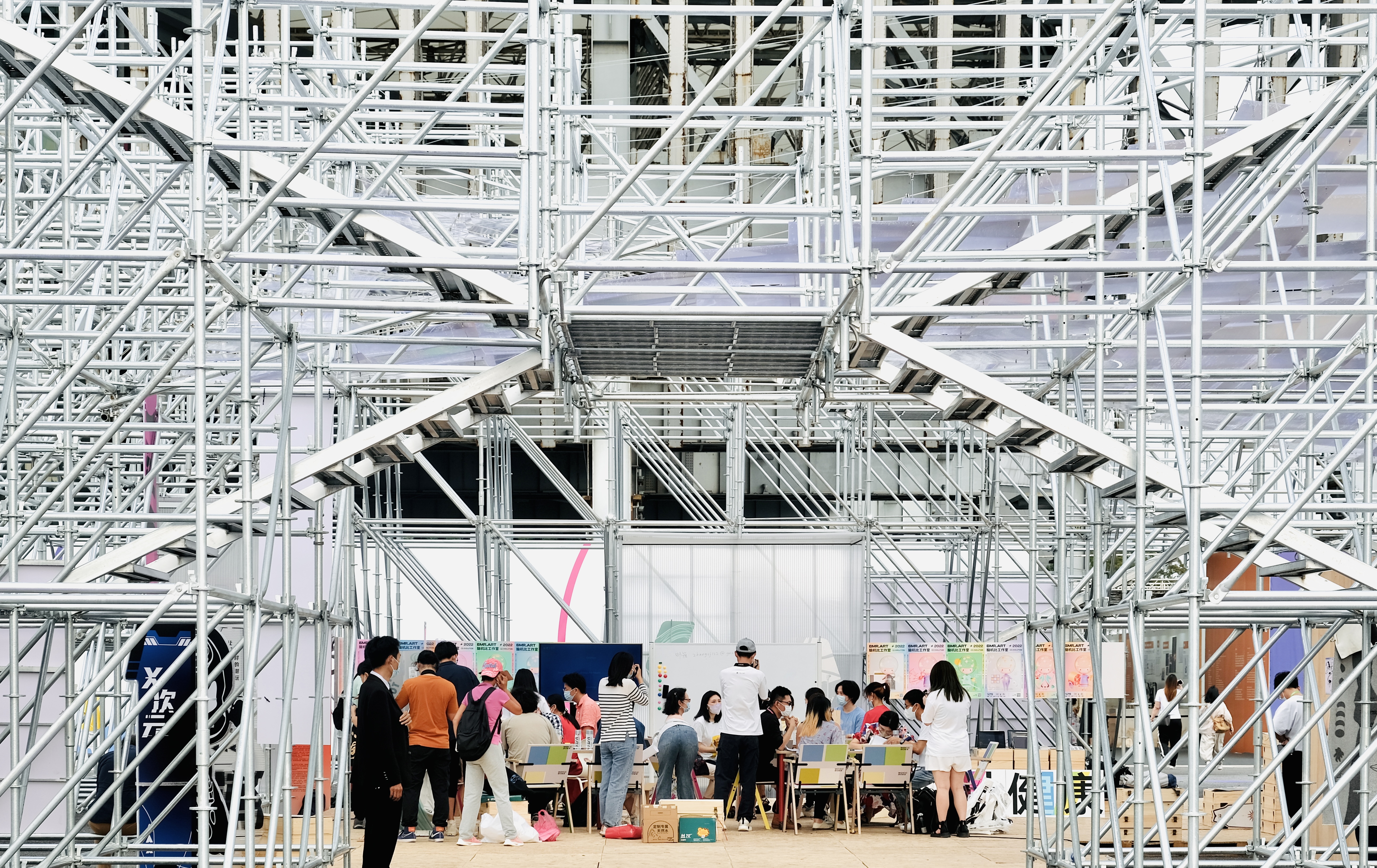

The atmosphere creation of the venue can be called a design work, showing the cooperative spirit between teachers and students of Tongji University College of Architecture and Urban Planning and College of Design and Innovation.
WDCC key visual design & official website design
The key visual and official website design of WDCC was completed by Tongji University’s Wang Min and Du Qin teams. By closely following the theme of the event, the key visual design team determined a logo with six lines of different forms and different colors as the main vision of the event. The lines look like the event name WDCC. Their bright color represents the prosperity at both sides of the colorful Huangpu River and the endless efforts to build “a socialist modern international metropolis with world influence”. At the homepage of the desktop side of the official website of WDCC, the moving lines and the static contents form a strong contrast and visual tension.
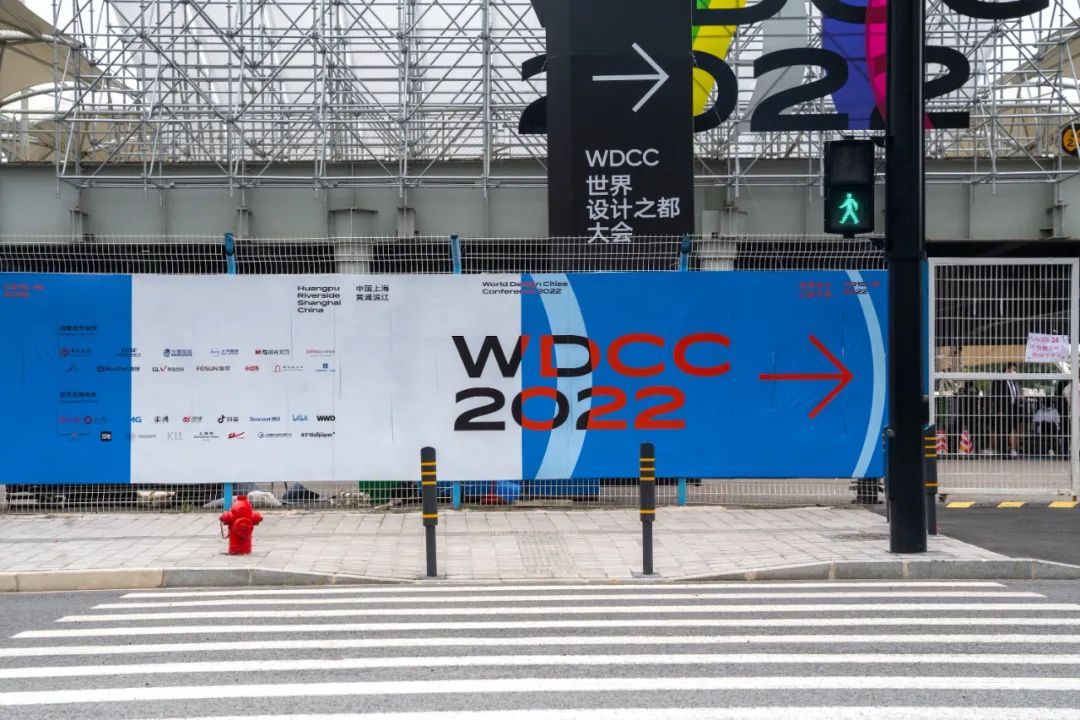
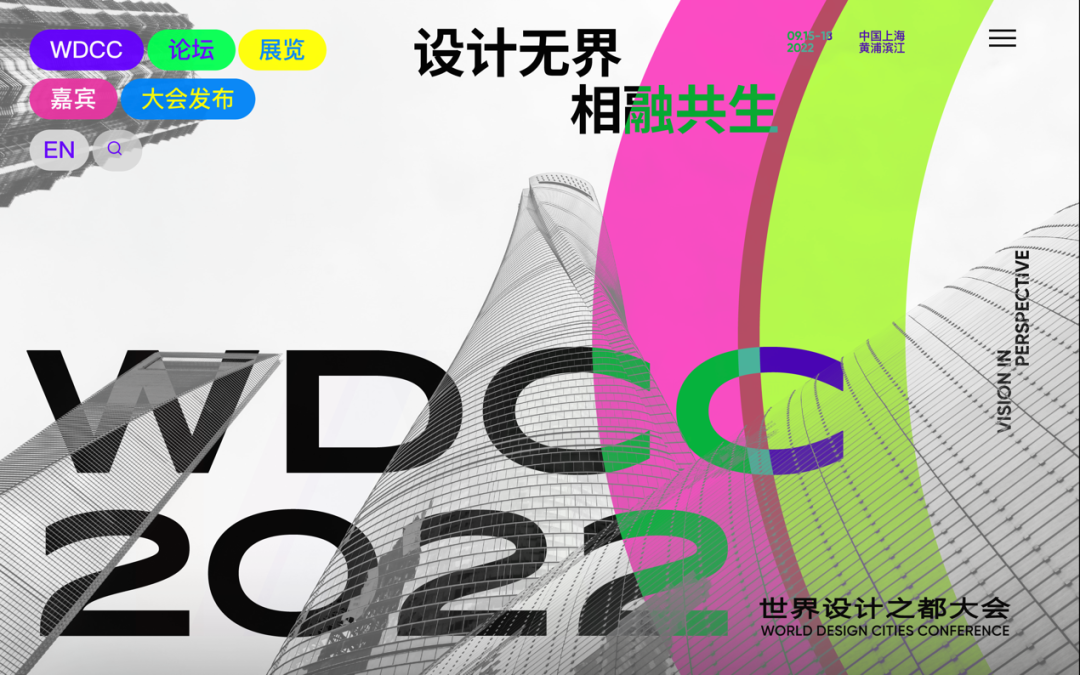
Opening ceremony show: design symphony
The digital design & interaction work titled Design Symphony performed at the opening ceremony was created by the media communication design team of Tongji University College of Design and Innovation. Through immersive images, lighting and dance performance, the work presents a symphonic audio-visual experience and shows the contribution of design to industries, the city and human life.
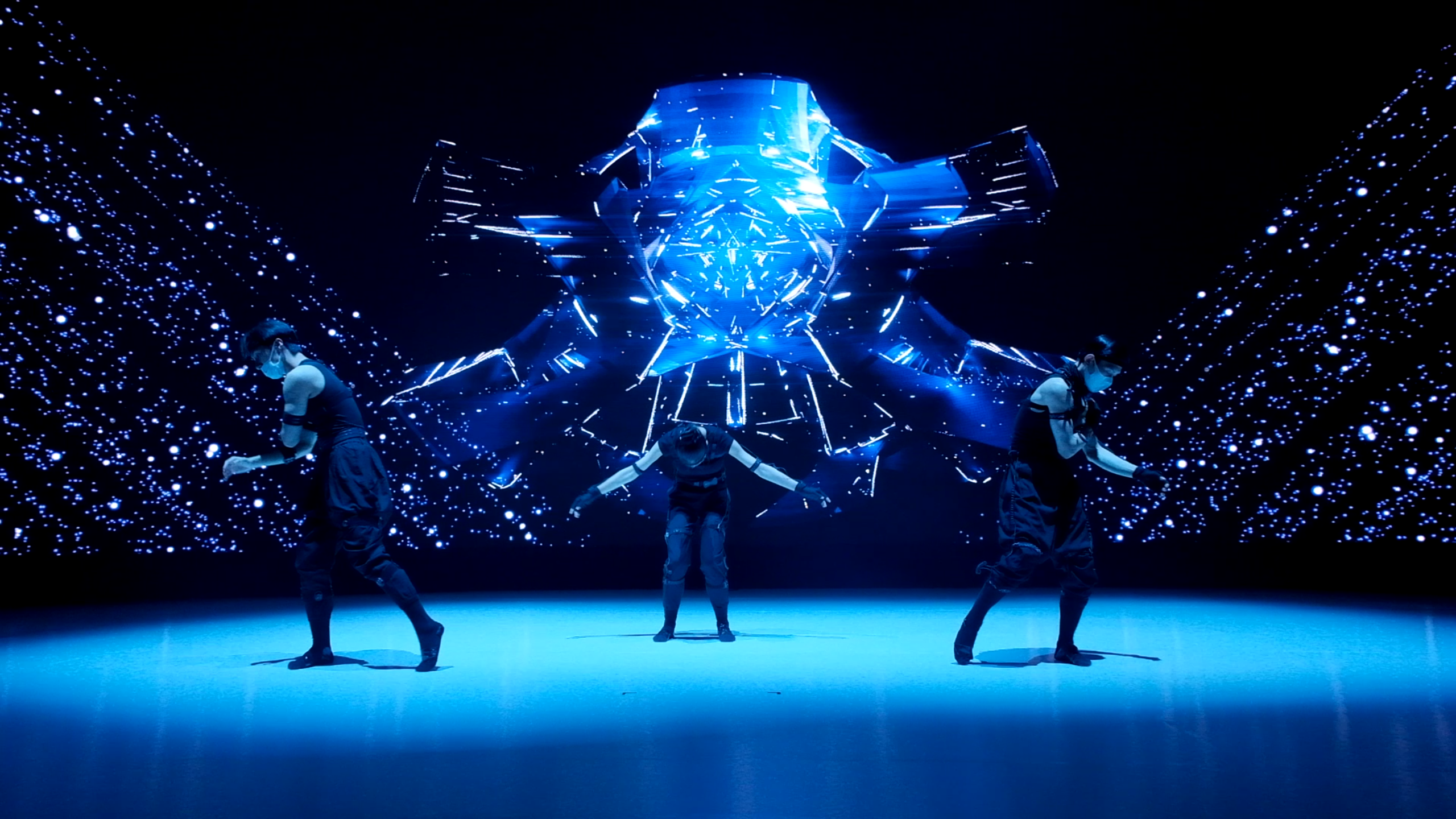
Dedicated podium for WDCC
“Tongji elements” were also reflected by the hardware of the stage used for the opening ceremony. Under the guidance of Professor Lou Yongqi, the dedicated podium for WDCC was designed by Guo Ling, a part-time teacher of the College of Design and Innovation, with the technical support from teachers Zhou Hongtao and Du Qin. The podium shows the three-dimensional interpretation and crossover of WDCC logo in space. Printed by using 3D printing technology, the podium is white generally. In the contrast of the bright and cool stage background, the podium looks stable and quiet. The light effect presented occasionally will lead the audience to focus on the speaker.
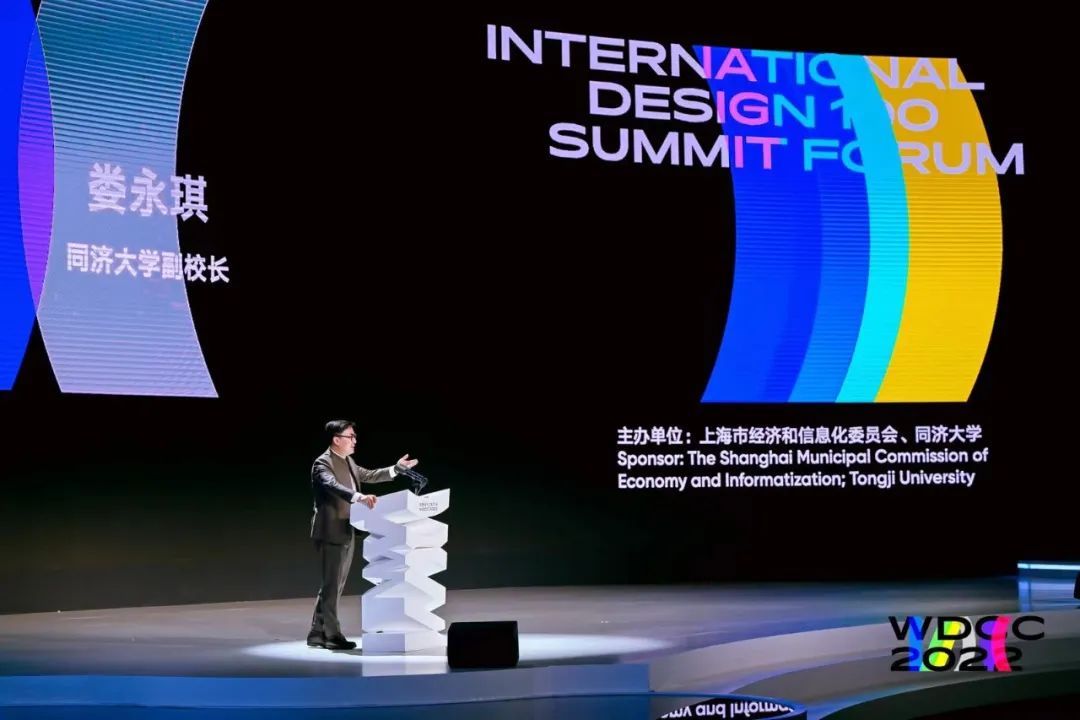
We appreciate all the guests, partners, friends from all walks of life and teachers and students of Tongji University!
The teachers and students of Tongji University did a good job in the planning, creativity, organization and coordination of the event. We thank more than 20 student volunteers from 10 colleges of Tongji University for their outstanding volunteer work.







